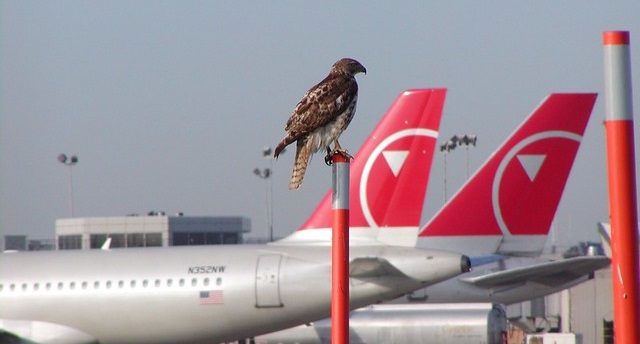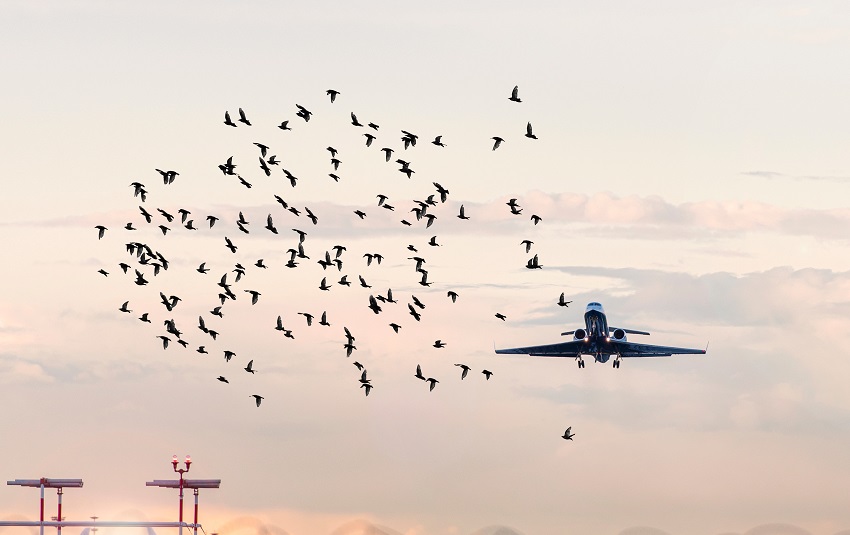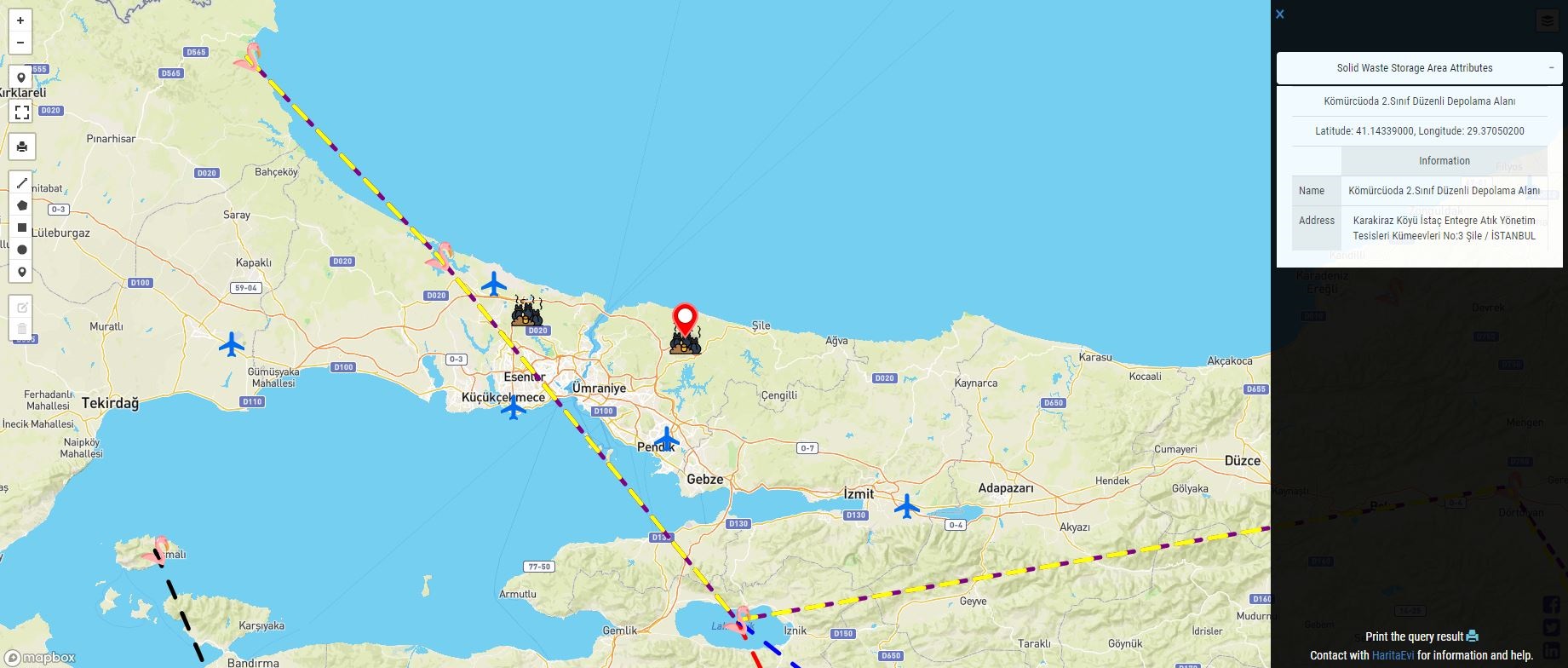Urban and wildlife boundaries frequently intersect due to growing populations and economic relationships. Sometimes wildlife components come close to urban areas to meet their needs, such as water, food, shelter, and security. While economic activities endanger the fragile wildlife balance, wildlife hazards cause significant economic harm.
Wildlife hazard management in the aviation industry is a critical component of safety management. Wildlife strikes, particularly bird strikes, cost airlines and airports millions of dollars each year due to serious aircraft malfunctions and flight delays or cancellations. According to bird strike reports, the majority of accidents occur within 100 feet (30 meters) of an airport. Haritaevi’s database contains the information required for biodiversity management and wildlife management, both to protect the ecological balance and to mitigate wildlife hazards such as bird strikes.

Haritaevi considers how wildlife hazards can be reduced and safety achieved by obtaining biodiversity and wildlife management data in accordance with the requirements of ICAO Annex 14 and the EASA Safety Information Bulletin. Aviators can easily monitor biodiversity, manage data, add local information, and assess wildlife risk thanks to biodiversity and wildlife data. Airport SMS officers can thus plan wildlife management more effectively.
Haritaevi presents biodiversity and wildlife data to its users with such content:



Important Biodiversity Areas (IBA)
Knowing Important Biodiversity Areas helps to measure wildlife populations, distribution, and density around an airport in order to plan effective wildlife management. Furthermore, Haritaevi provides characteristics of wild species near airports and locations that are appealing to these species, assisting in the mitigation of wildlife hazards.
Bird Migration Routes and Timing
Migratory birds are responsible for the majority of wildlife accidents that result in financial loss. As a result, understanding bird migration routes and timing aids in bird control activities. If safety officers are alerted at the right time, they can reduce the risk of a bird strike. With knowledge of bird migration routes and timing, bird management around an airport can be carried out more effectively.
Solid Waste Storage Facilities
According to ICAO Annex 14 and EASA Safety Information Bulletins, there must be no solid waste storage facilities within 13 kilometers of an airport. The most important reason is that solid waste areas are a magnet for birds. Unfortunately, due to a lack of coordination among stakeholders, solid waste storage facilities are sometimes located near airports. As a result, data from solid waste landfills is critical for assessing bird strike risks.

Today, airport digitalization is a major priority for aviation authorities. Haritaevi has notable solutions for digitalizing safety management. With less effort, digitalization of wildlife management results in safer airports. We can provide you with specific data for wildlife hazard management in digital format, which you can then manage using software. We can customize the software and data to meet the specifications of the airport as well as the requirements of the authorities.

